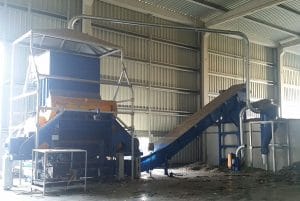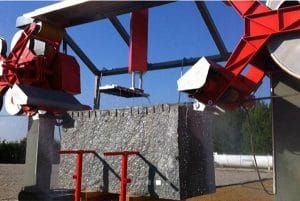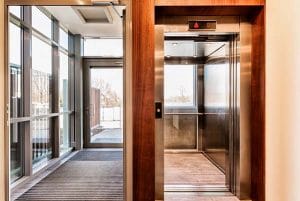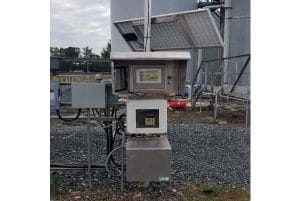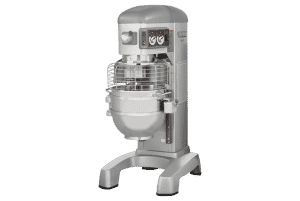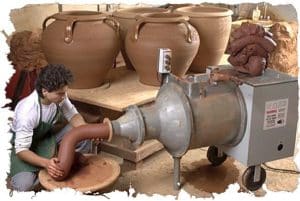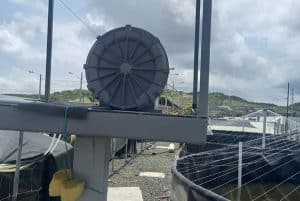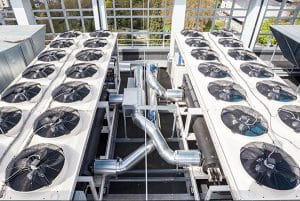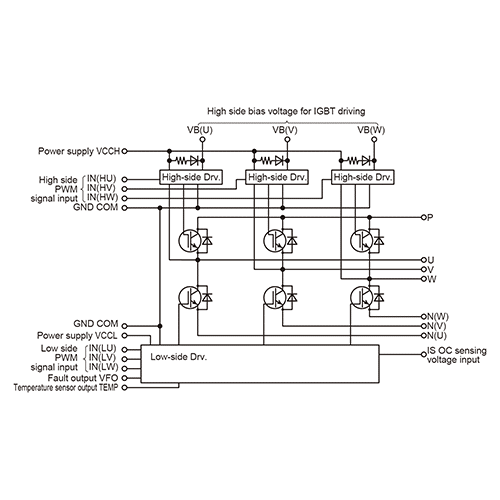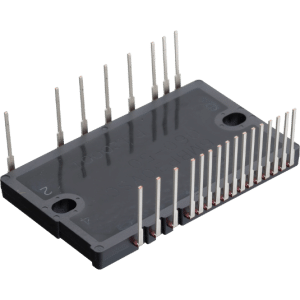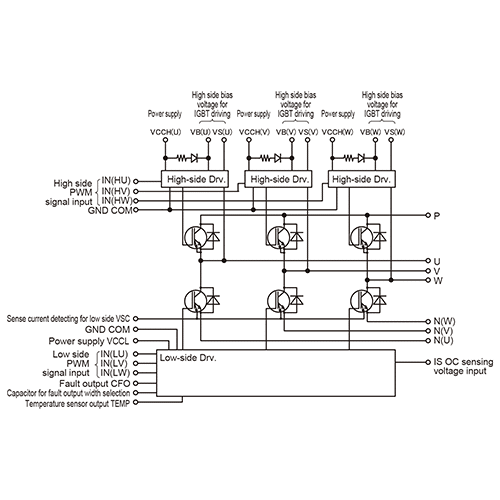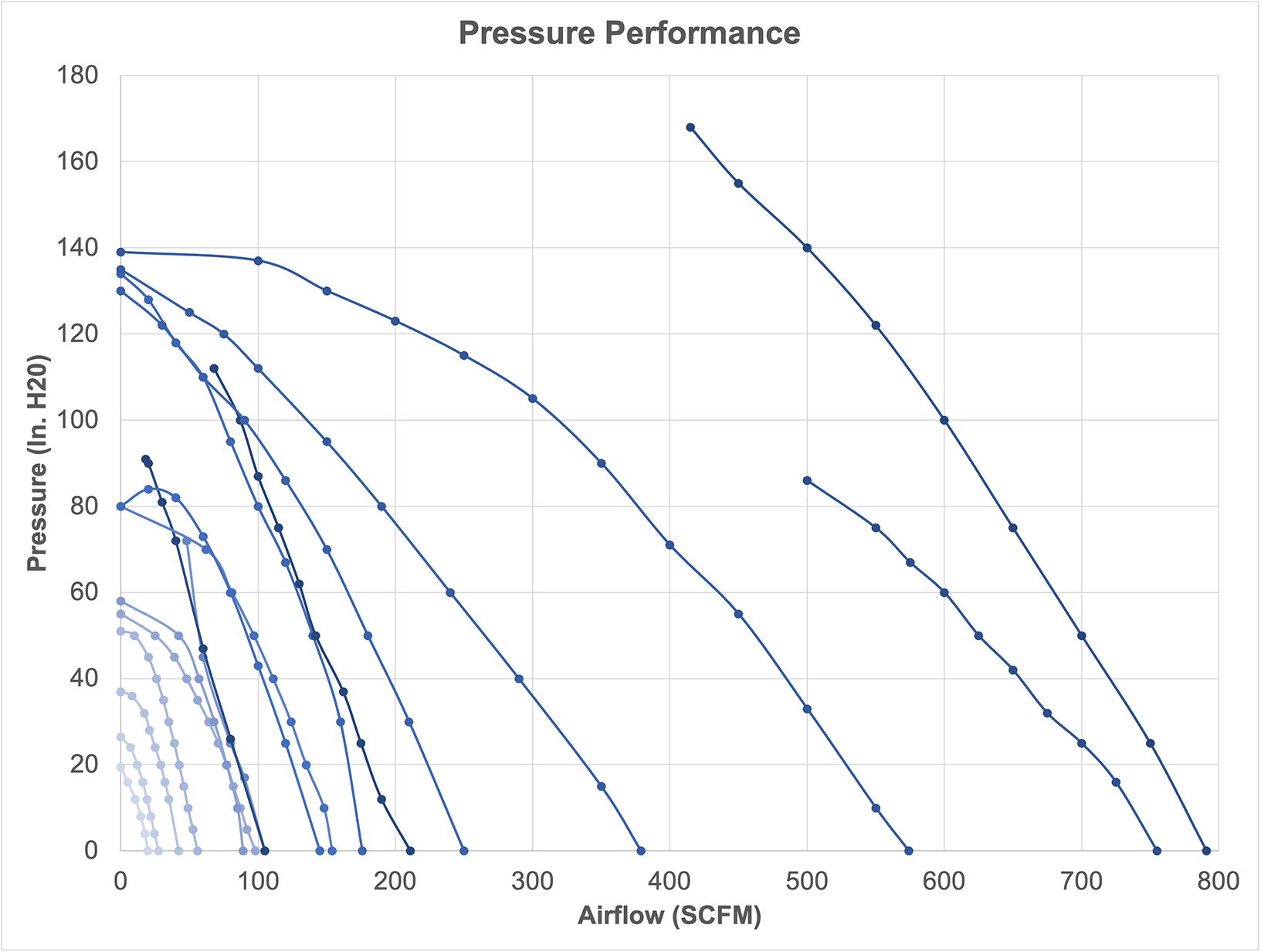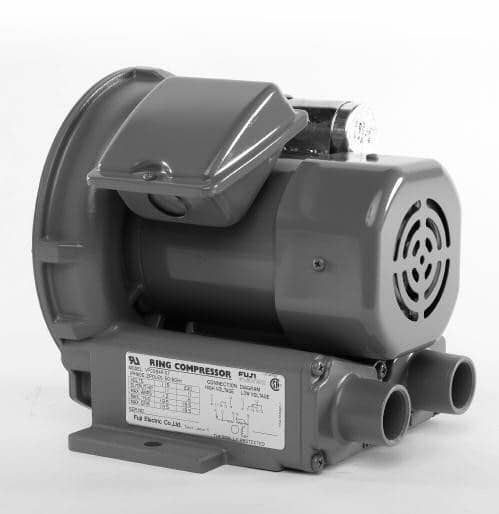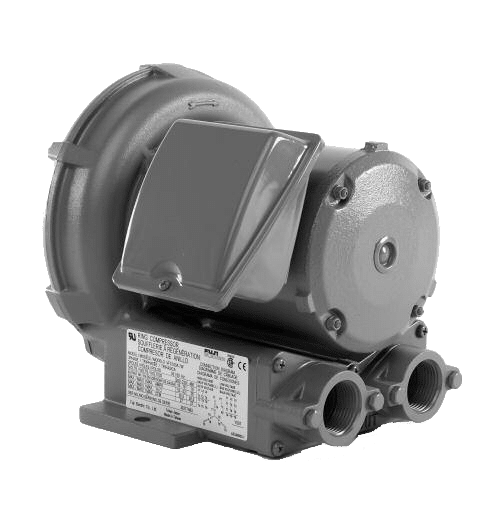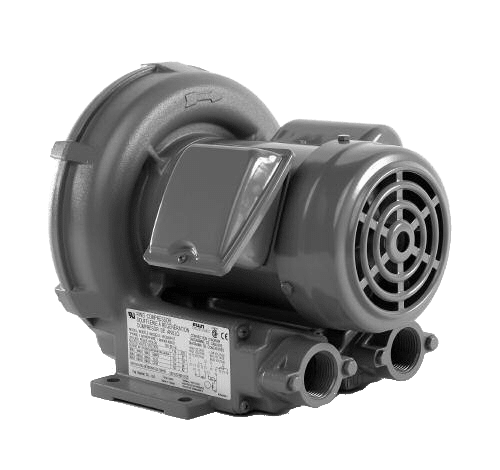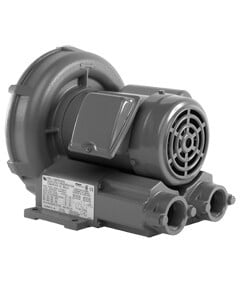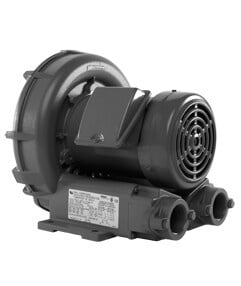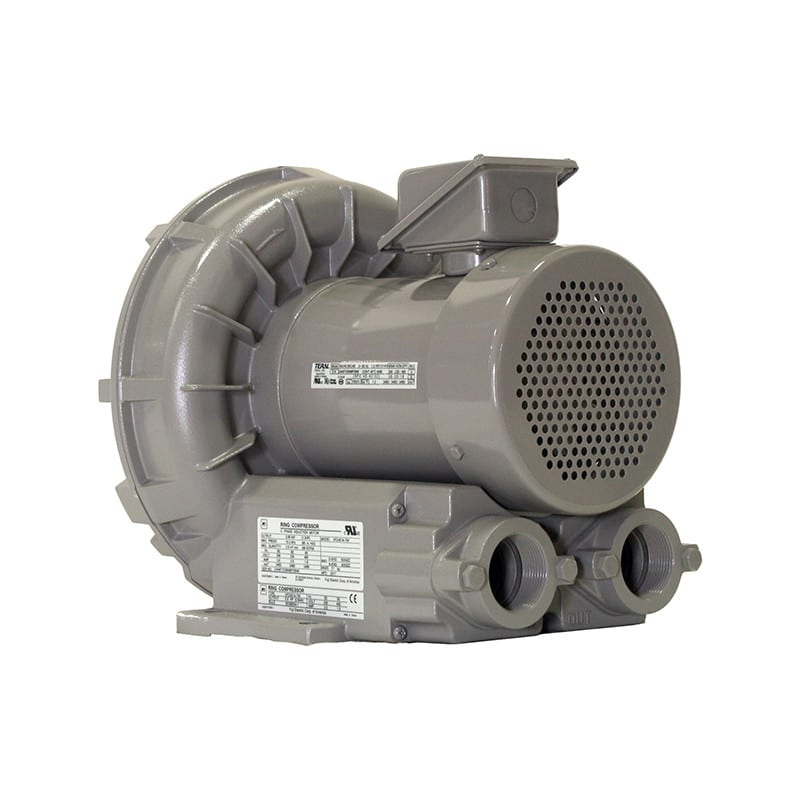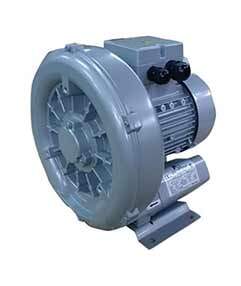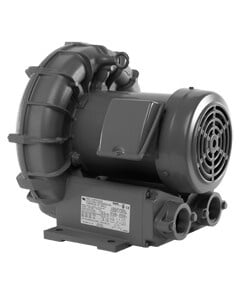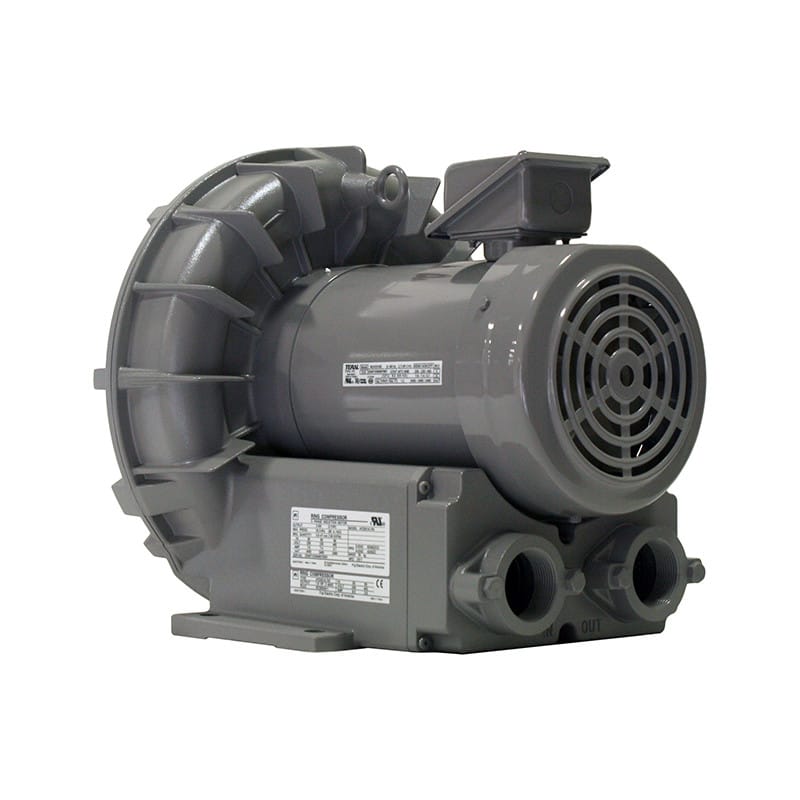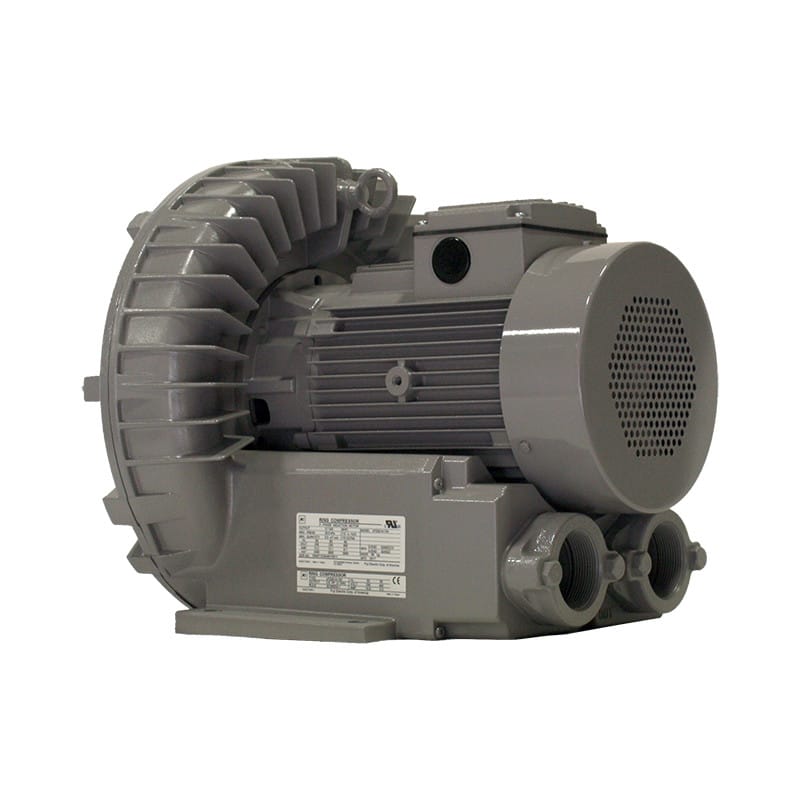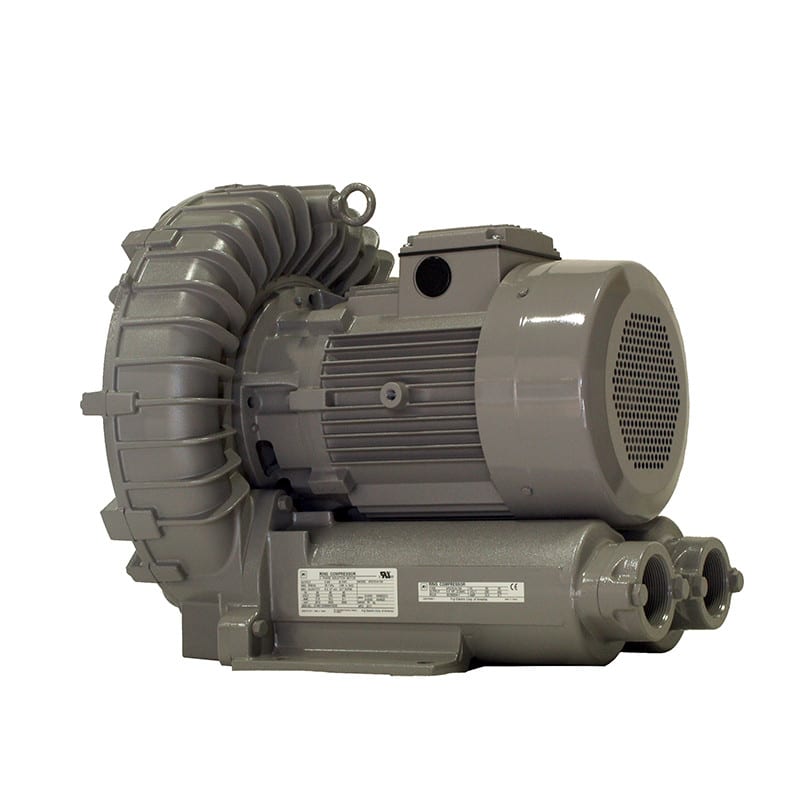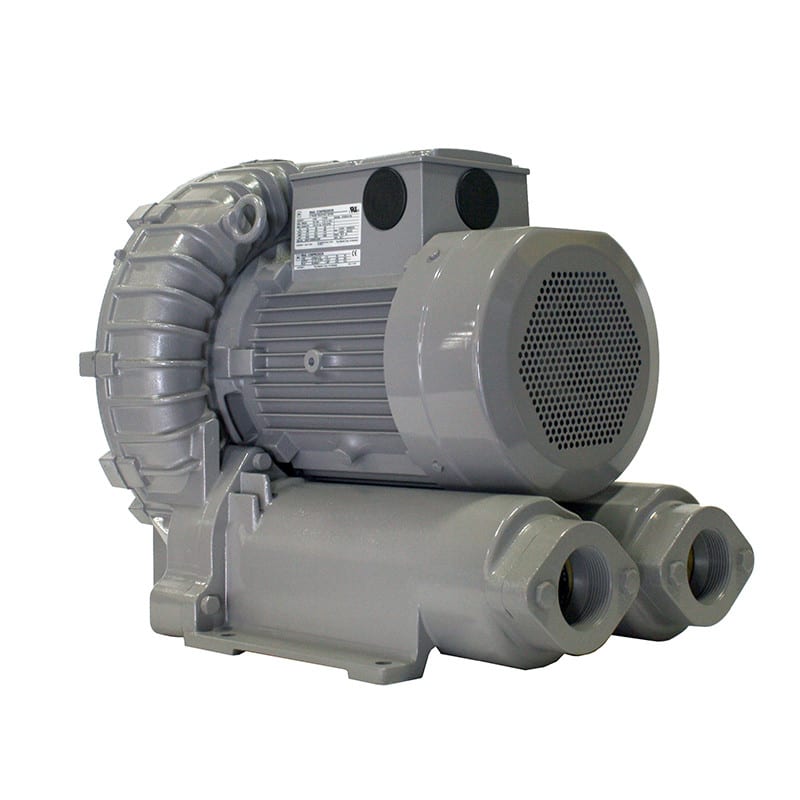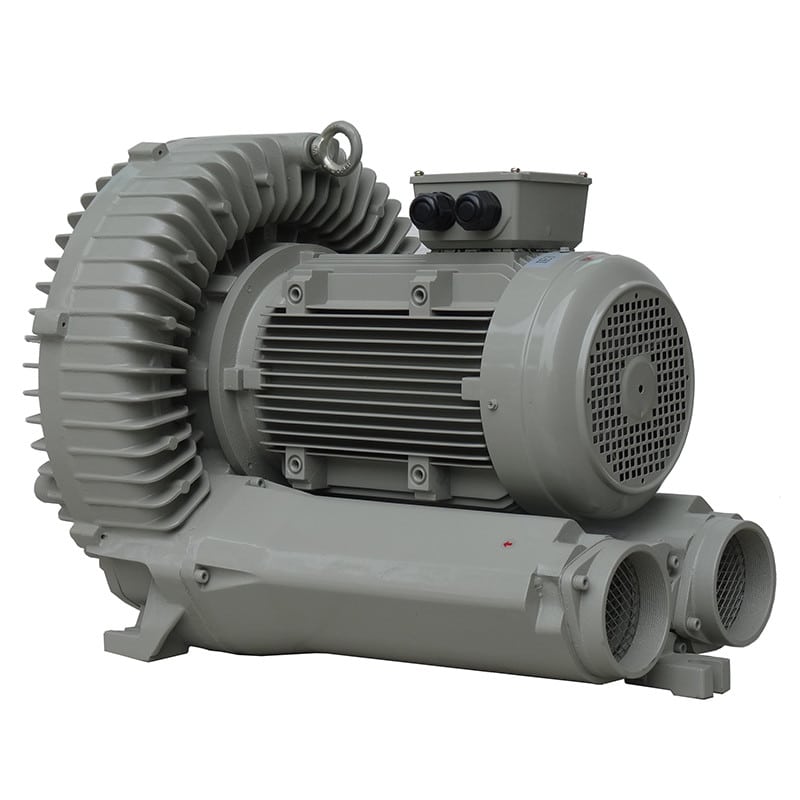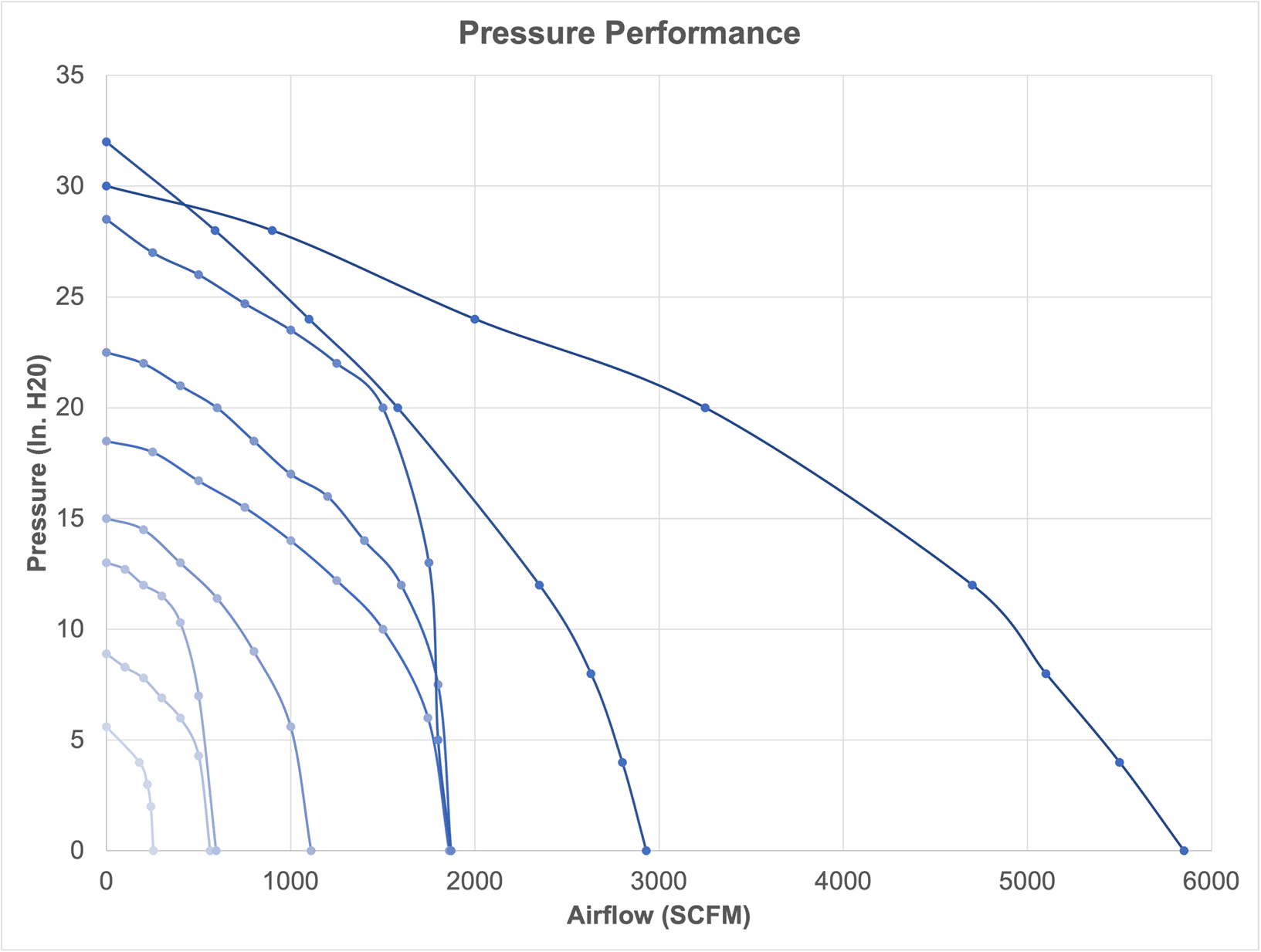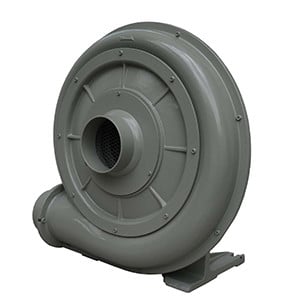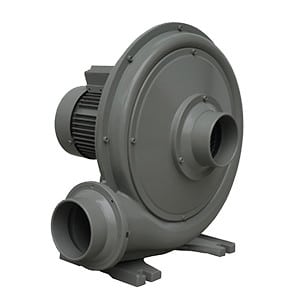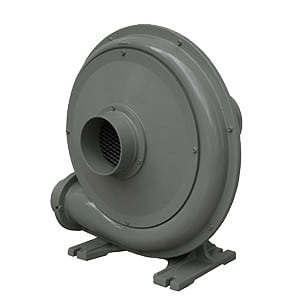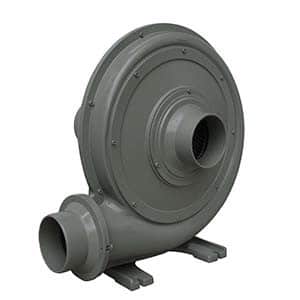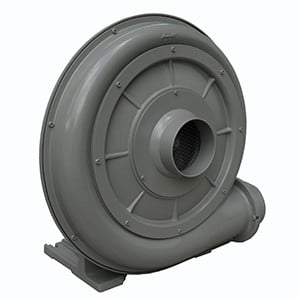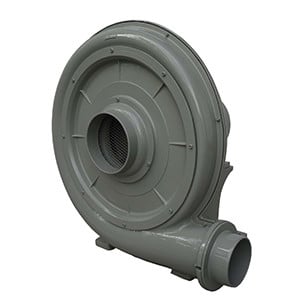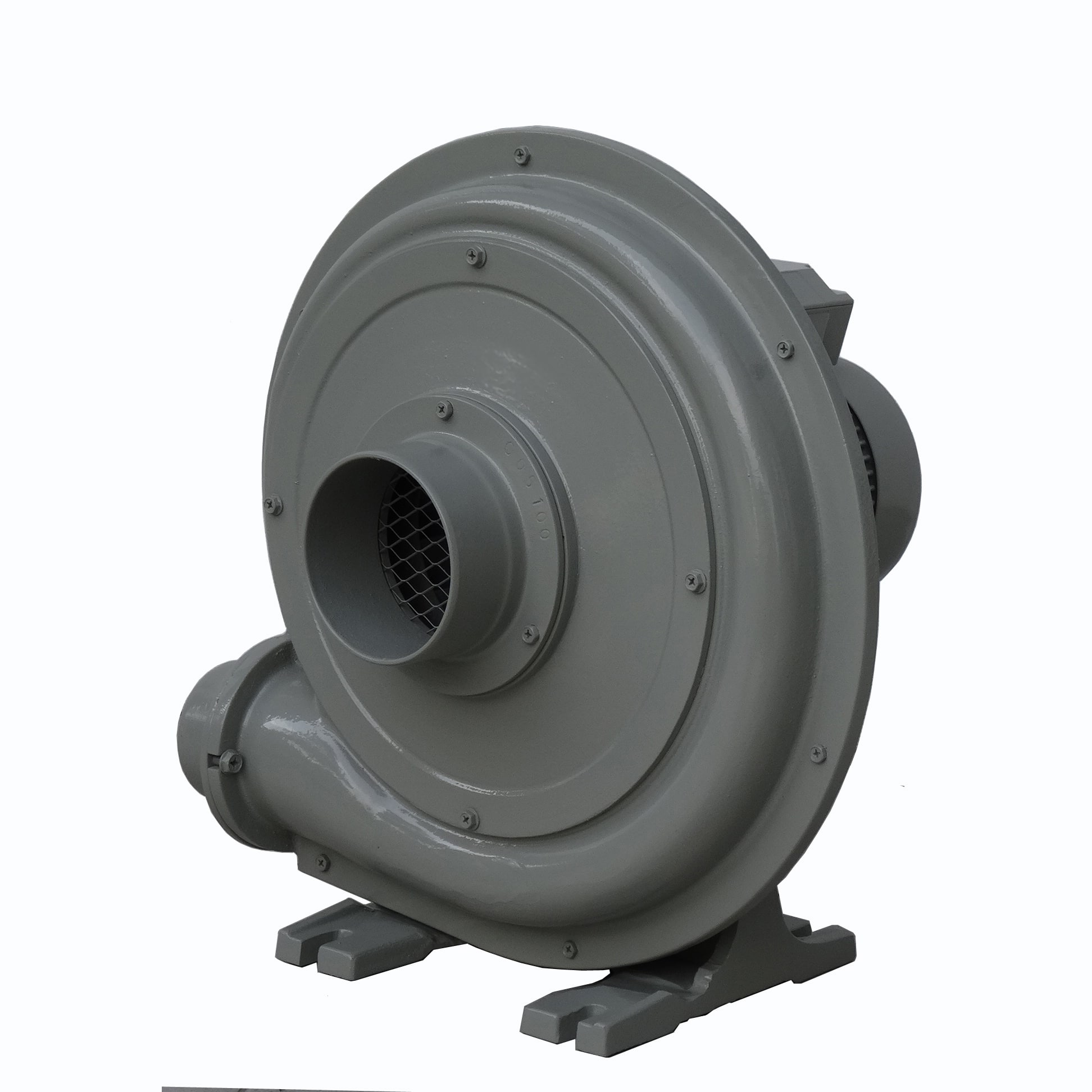Testing your Earth Leakage Circuit Breaker (ELCB) is crucial to ensure it is functioning correctly and providing the necessary protection against electric shocks and leakage currents. Here are simple methods to test your ELCB: 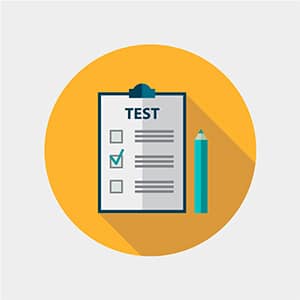
- Use the Built-In Test Button
Most ELCBs have a “Test” button on the device.
Steps:
- Locate the Test Button:
- Find the button labeled “Test” (often marked with “T”).
- Press the Test Button:
- While the ELCB is on, press the button. This simulates a leakage current by creating a small imbalance in the circuit.
- Observe the Trip:
- The ELCB should immediately trip and disconnect power.
- Reset the ELCB:
- Turn the ELCB back on by switching it to the “ON” position after the test.
Frequency:
- Perform this test monthly or as recommended by the manufacturer.
- Measure Tripping Current and Time Using a Leakage Tester
For a more accurate test, use an ELCB or RCD tester.
Steps:
- Connect the Tester:
- Plug the tester into a socket protected by the ELCB or connect it directly to the circuit.
- Select the Test Current:
- Set the tester to simulate a leakage current (e.g., 30 mA for residential ELCBs).
- Activate the Test:
- The tester will simulate the leakage current.
- Observe Tripping:
- The ELCB should trip when the test current is applied.
- Check the Tripping Time:
- The tester will display the tripping time (e.g., less than 300 milliseconds for a 30 mA device).
Frequency:
- Perform this test annually or during periodic maintenance.
- Simulate a Leakage Current Manually
This method requires creating a controlled leakage current to test the ELCB.
Steps:
- Turn Off the Power:
- Ensure the power is off to prevent accidents.
- Create a Leakage Path:
- Use a resistor (e.g., 10kΩ) or an appropriate load to connect between the live wire and the earth terminal.
- Turn the Power Back On:
- Power the circuit and observe the ELCB’s response.
- Observe the Trip:
- The ELCB should trip immediately.
Caution:
- This method requires technical knowledge and should be performed by a qualified electrician.
- Inspect for Proper Operation During Normal Use
Observe the ELCB’s behavior during everyday operation.
Indicators of Proper Functioning:
- The ELCB trips during actual fault conditions, such as when there is a genuine earth leakage.
- No nuisance tripping during normal operation.
- Visual Inspection
Ensure the ELCB is in good condition.
Steps:
- Check for Damage:
- Look for cracks, discoloration, or signs of overheating.
- Verify Connections:
- Ensure all wires are securely connected to the ELCB terminals.
- Confirm Indicators:
- Check that the indicator (if present) shows the ELCB is operational.
Precautions While Testing
- Turn Off Appliances: Before testing, disconnect any sensitive appliances to avoid damage.
- Follow Manufacturer Instructions: Always refer to the ELCB’s manual for specific testing procedures.
- Avoid Overloading: Do not simulate leakage currents higher than the rated threshold of the ELCB.
When to Replace an ELCB
- The ELCB fails the test and does not trip.
- The ELCB trips erratically or does not reset.
- Visible physical damage or excessive wear.
Regular testing ensures your ELCB operates correctly and provides critical protection against electrical hazards. If you’re unsure about any test, consult a qualified electrician.




